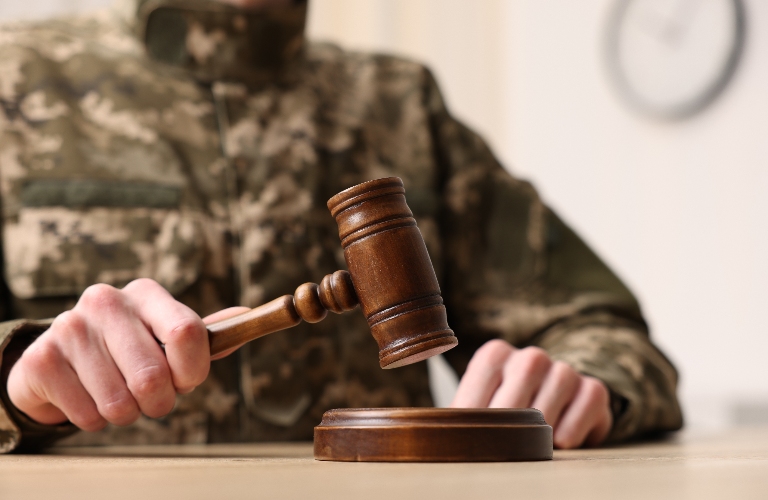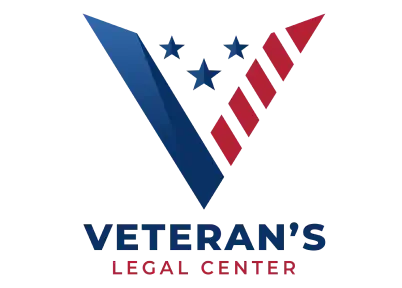
Veterans with service-connected medical conditions that cause limitations or disabilities may qualify for financial benefits from the VA. However, proving eligibility for VA disability benefits will require assembling comprehensive evidence to prove the existence of a medical condition and the severity of its symptoms and to link that condition to the veteran’s military service. Knowing what evidence can help you build a compelling disability claim can assist you with pursuing an application for VA benefits.
The Importance of Evidence in VA Disability Claims
The VA evaluates veterans’ disability claims based on the existence and severity of a medical condition and proof of a connection between the condition and a veteran’s military service. Without robust evidence of a disabling condition and a service connection, the VA may not approve a veteran’s claim or may award a veteran a lower benefit rate than they otherwise might deserve. Insufficient evidence supporting a VA disability claim can lead to delays in processing a claim or to a denial due to a lack of evidence of a disability or service connection.
Key Types of Evidence That Strengthen a VA Disability Claim
In a VA disability benefits claim, veterans must submit various categories of evidence to establish the existence of a disabling medical condition, the severity of its symptoms, and a service connection. Types of evidence used to support VA disability claims include:
- Medical evidence: Veterans must submit medical records from their military service (if relevant) and post-separation treatment with VA or private doctors. These records will document a formal diagnosis for their condition, establish the severity of their symptoms and limitations, and inform their disability rating.
- Service records: Personnel files can help provide documentation of in-service events or exposures that can establish a service connection for a veteran’s condition.
- Nexus letters: A medical expert can provide a veteran with a nexus letter, in which the expert provides their professional opinion linking the veteran’s medical condition with their military service. In many cases, a nexus letter can serve as the key piece of evidence to demonstrate a service connection for a veteran’s condition.
- Lay statements (buddy statements): Lay statements from family members, friends, and co-workers can help corroborate the veteran’s claims about the severity of their limitations due to their medical condition. Buddy statements from fellow servicemembers may also confirm a veteran’s claims about in-service events that caused their medical condition.
- Independent medical examinations: In some cases, the VA may ask a veteran to submit to a compensation and pension (C&P) exam to assess the current status of the veteran’s condition. Veterans may also obtain independent medical examinations from medical experts of their choosing to contest the results of a C&P exam or to provide the VA with updated medical information.
Tips for Organizing and Presenting Evidence
Veterans can bolster the strength of the evidence supporting their VA disability claim through best practices such as:

- Organize service and medical records chronologically to show the development of service-connected medical conditions and label evidence clearly to identify its purpose(s)
- Include a personal statement to explain how a service-connected medical condition affects daily life, including specific incidents in which a condition limited activities.
- Ensure consistency and accuracy of evidence, as records that have conflicting diagnoses or descriptions of symptoms or limitations can undermine the credibility of a claim
Contact a VA Disability Lawyer Today
Having a comprehensive, robust disability claim can give you the best chance of success when applying for VA benefits. Contact Veteran’s Legal Center today for a free, no-obligation consultation with a VA disability benefits attorney to learn more about the types of evidence that can help you succeed in a VA disability claim.

